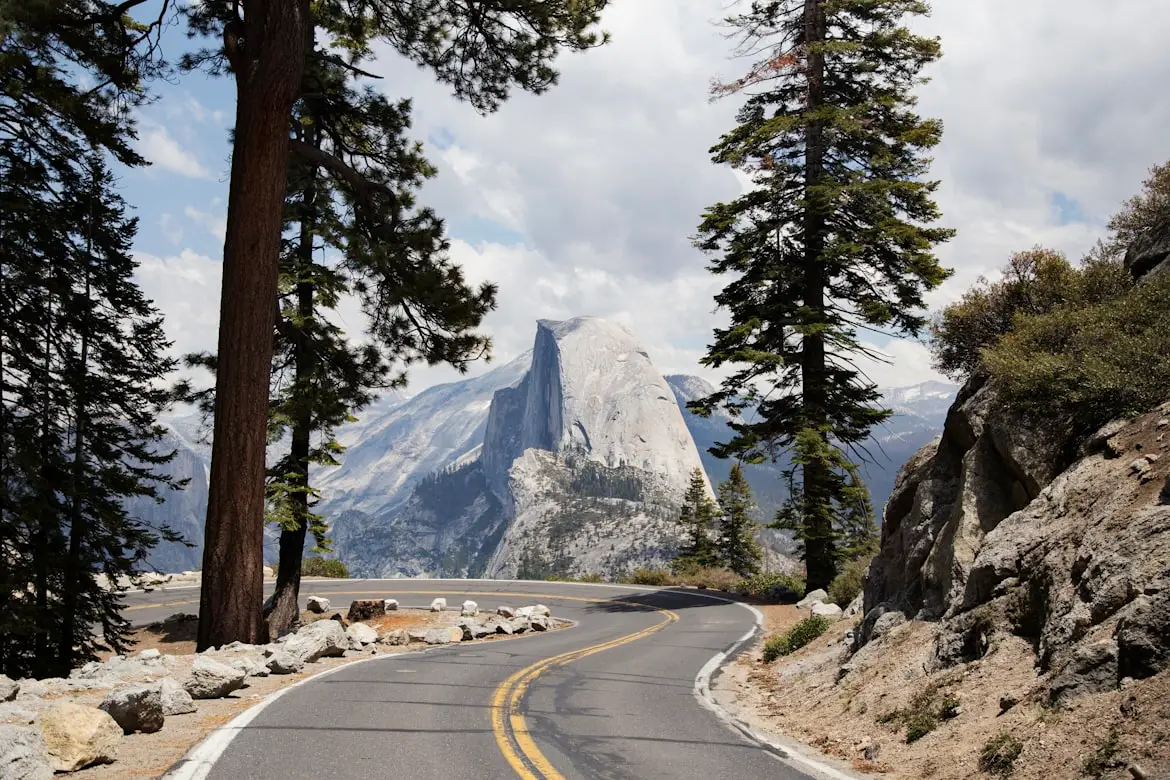Install Asset
Install via Godot
To maintain one source of truth, Godot Asset Library is just a mirror of the old asset library so you can download directly on Godot via the integrated asset library browser
Quick Information

A 3D windowing system for Godot 4 designed for VR/AR applications with raycast-based interaction.
Window3D Godot Plugin
A 3D windowing system for Godot 4 designed for VR/AR applications with raycast-based interaction.
Transform any Godot UI into an interactive 3D window that can be placed in your 3D world and controlled via raycasts - perfect for VR controllers, AR interaction, or any 3D application needing spatial UI.
Features
- 🪟 3D Windows: Create floating windows in 3D space with configurable dimensions
- 🎯 Raycast Interaction: Hover, click, and drag windows using raycasts (perfect for VR controllers)
- 🎨 UI Content Loading: Load any Godot UI scene or Control node into a window
- ✋ Smart Dragging: Windows can be repositioned by dragging, with intelligent UI control detection
- 🎮 VR/AR Ready: Optimized for XR applications with configurable pixel density
- 🔧 Easy Setup: Simple node-based system with minimal configuration required
- ⚡ Performance Focused: Efficient rendering suitable for real-time XR applications
Installation
Option 1: Download and Copy
- Download or clone this repository
- Copy the
addons/window3dfolder to your project'saddons/directory - Go to Project Settings > Plugins
- Enable the "Window3D" plugin
Option 2: Git Submodule (Recommended)
# Add as submodule in your project
git submodule add https://github.com/brendaninnis/Window3D.git addons/window3d
# Initialize and update
git submodule update --init --recursive
Then enable the plugin in Project Settings > Plugins.
Quick Start
1. Basic Window Setup
Add a UIWindow3D node to your scene and load some UI content:
extends Node3D
@onready var window: UIWindow3D = $UIWindow3D
func _ready():
# Load a UI scene file
window.load_scene("res://my_ui.tscn")
# Or create UI dynamically
var button = Button.new()
button.text = "Hello World!"
button.pressed.connect(_on_button_pressed)
window.load_ui(button)
func _on_button_pressed():
print("Button in 3D window was clicked!")
2. VR/AR Interaction
Add a WindowInteractionManager to handle raycast-based interaction:
extends Node3D
@onready var window: UIWindow3D = $UIWindow3D
@onready var interaction_manager: WindowInteractionManager = $WindowInteractionManager
@onready var xr_controller: XRController3D = $XROrigin3D/RightController
@onready var raycast: RayCast3D = $XROrigin3D/RightController/RayCast3D
func _ready():
# Set up window interaction
interaction_manager.raycast = raycast
# Configure raycast direction (optional - defaults to NEGATIVE_Y for VR)
interaction_manager.raycast_forward_direction = WindowInteractionManager.ForwardDirection.NEGATIVE_Y
# Connect controller input to interaction manager
xr_controller.button_pressed.connect(_on_controller_button_pressed)
xr_controller.button_released.connect(_on_controller_button_released)
# Load your UI
window.load_scene("res://ui/main_menu.tscn")
func _on_controller_button_pressed(button: String):
if button == "trigger_click":
interaction_manager.handle_interaction_pressed()
func _on_controller_button_released(button: String):
if button == "trigger_click":
interaction_manager.handle_interaction_released()
3. Window Configuration
Configure the window properties in the inspector or via code:
func _ready():
# Configure window size (in meters)
window.width = 1.2
window.height = 0.8
# Adjust pixel density (higher = sharper, but more memory)
window.pixels_per_meter = 800 # Good for desktop
window.pixels_per_meter = 500 # Better for VR performance
# Configure interaction behavior
window.click_to_drag_threshold_ms = 300 # Slower for VR precision
window.prevent_drag_on_controls = true # Don't drag when clicking buttons
API Reference
UIWindow3D
The main window component that creates a 3D window with UI content.
Key Properties:
width: float- Window width in meters (default: 0.97)height: float- Window height in meters (default: 0.6)pixels_per_meter: int- UI pixel density (default: 960)click_to_drag_threshold_ms: int- Time before click becomes drag (default: 250ms)prevent_drag_on_controls: bool- Prevent dragging when clicking UI controls (default: true)
Key Methods:
load_scene(scene_path: String) -> bool- Load a UI scene fileload_ui(control: Control) -> bool- Load a Control node directlyunload_scene()- Remove current contentget_ui_node(path: String) -> Node- Get a UI node by path
Signals:
window_clicked(point: Vector3)- Emitted when window is clickedwindow_hovered(point: Vector3)- Emitted when window is hoveredwindow_dragged(window: UIWindow3D, point: Vector3)- Emitted when window is dragged
WindowInteractionManager
Manages raycast-based interaction with UIWindow3D objects.
Key Properties:
raycast: RayCast3D- The raycast to use for interactionraycast_forward_direction: ForwardDirection- Which axis represents forward for the raycastraycast_custom_forward: Vector3- Custom forward direction (when using CUSTOM mode)
Key Methods:
handle_interaction_pressed()- Call when interaction action is pressedhandle_interaction_released()- Call when interaction action is released
Signals:
window_interaction_started(window)- Window interaction beginswindow_interaction_ended(window)- Window interaction endswindow_clicked(window, point: Vector3)- Window was clicked (not dragged)
Examples
Check the examples/ folder for complete demo scenes:
- basic_window_demo.tscn - Simple desktop window example
- vr_interaction_demo.tscn - VR controller interaction example
Raycast Direction Configuration
The WindowInteractionManager supports different raycast orientations for various setups:
# VR controllers pointing downward (default)
interaction_manager.raycast_forward_direction = WindowInteractionManager.ForwardDirection.NEGATIVE_Y
# Desktop mouse raycast going forward
interaction_manager.raycast_forward_direction = WindowInteractionManager.ForwardDirection.NEGATIVE_Z
# Custom direction (e.g., angled controller)
interaction_manager.raycast_forward_direction = WindowInteractionManager.ForwardDirection.CUSTOM
interaction_manager.raycast_custom_forward = Vector3(0.5, -0.8, 0.3).normalized()
Direction Options:
NEGATIVE_Y: Down (-Y) - typical VR controllersNEGATIVE_Z: Forward (-Z) - typical desktop raycastsPOSITIVE_Y: Up (+Y) - upward pointing devicesPOSITIVE_Z: Backward (+Z) - reverse pointingNEGATIVE_X: Left (-X) - left pointingPOSITIVE_X: Right (+X) - right pointingCUSTOM: User-defined direction viaraycast_custom_forward
Tips for VR/AR Development
Performance Optimization
# For VR, use lower pixel density for better performance
window.pixels_per_meter = 500
# Update mode can be changed if window content is static
window.render_update_mode = SubViewport.UPDATE_ONCE
VR-Friendly Sizing
# Good VR window sizes (readable at arm's length)
window.width = 1.0 # 1 meter wide
window.height = 0.6 # 0.6 meters tall
# Position at comfortable VR distance
window.position = Vector3(0, 1.5, -1.5) # Eye level, arm's reach
Requirements
- Godot 4.0+
- For VR/AR: OpenXR plugin recommended
License
MIT License - feel free to use in commercial and personal projects.
Contributing
Issues and pull requests welcome! This plugin is designed to be simple and focused.
Development Setup
git clone https://github.com/yourusername/window3d-plugin.git
cd window3d-plugin
# Open in Godot and run the example scenes
Made with ❤️ for the Godot VR/AR community
A 3D windowing system for Godot 4 designed for VR/AR applications with raycast-based interaction.
Reviews
Quick Information

A 3D windowing system for Godot 4 designed for VR/AR applications with raycast-based interaction.

